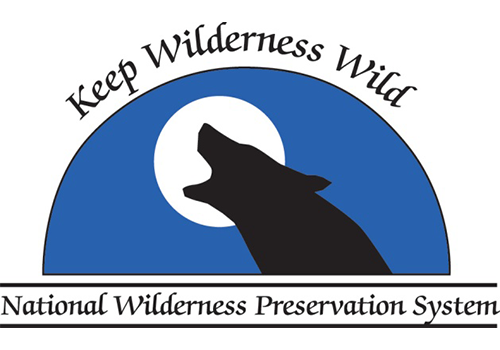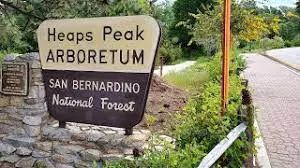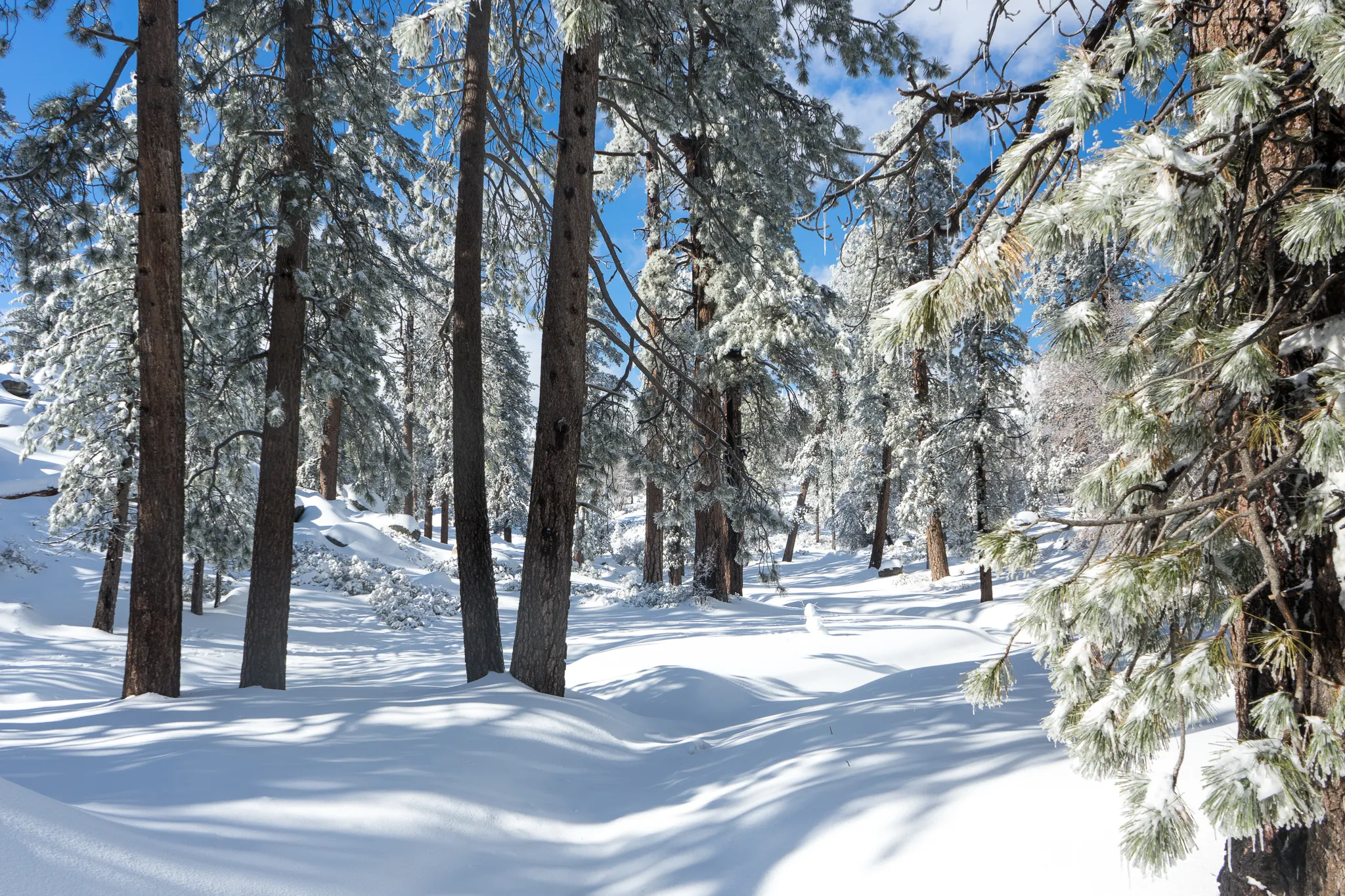Special Places
Go Explore!
The San Bernardino National Forest has many special places including three National Monuments, eight designated Wilderness Areas, three Wild & Scenic Rivers, and many more noteworthy and beautiful locales.
-
Sand to Snow National Monument

The 154,000-acre monument extends from Bureau of Land Management lands on the Sonoran desert floor up to over 10,000 feet in the San Gorgonio Wilderness on the San Bernardino National Forest.
-
Santa Rosa & San Jacinto Mountains National Monument

Rising abruptly from the desert floor, the Santa Rosa and San Jacinto Mountains National Monument reaches an elevation of 10,834 feet.
-
Deep Creek Hot Springs

The landscape surrounding Deep Creek is unique in a southern California context, and its recreation opportunities are valued at the regional and national levels. Thermal hot springs located here are unique and regionally important.
-
Wilderness Areas

The San Bernardino National Forest has eight designated Wilderness Areas covering 151,341 acres. Wilderness designation helps preserve the natural state of the land and protects flora and fauna by prohibiting development and providing for non-mechanized recreation only.
Highlighted Areas
Heaps Peak Arboretum Day Use Area
 Located on State Highway 18 west of the community of Skyforest. Come and escape the city and visit our unique mountain oasis of natural beauty! Experience the Heaps Peak Arboretum's gardens, "animal tracks trail," mini-gift booth, and inquire about educational programs. Heaps Peak Arboretum, located at 6,000', is open 365 days a year and is free to the public. Heaps Peak's unique arboretum and botanical gardens greet visitors with a diversity of native plants, and also a few “introductions.” No snow play in this area. Open all year.
Located on State Highway 18 west of the community of Skyforest. Come and escape the city and visit our unique mountain oasis of natural beauty! Experience the Heaps Peak Arboretum's gardens, "animal tracks trail," mini-gift booth, and inquire about educational programs. Heaps Peak Arboretum, located at 6,000', is open 365 days a year and is free to the public. Heaps Peak's unique arboretum and botanical gardens greet visitors with a diversity of native plants, and also a few “introductions.” No snow play in this area. Open all year.
Palms to Pines Scenic Byway
This 67-mile route will take you from Palm Desert past snow-peaked mountains to Banning Pass. Palms to Pines Scenic Byway offers a full variety of ecosystems in the Lower Sonoran region. From clusters of desert palms to high country conifer forests and snow-capped mountains, experience a contrast of ecosystems within a short distance.
Admire fantastic views of the urbanized valley floor below, craggy mountains, and the San Gorgonio Wilderness area to the north on the Banning Pass section of the byway. Start on Hwy 74 south of Palm Desert or at the other end on Hwy 243 south of Banning.
Learn more here: Palms to Pines Scenic Byway Corridor Management Plan
Rim of the World Scenic Byway
This 110-mile route traverses the rim of the San Bernardino Mountains from Cajon Pass to San Gorgonio Pass. The Rim of the World Scenic Byway travels through some of the most naturally beautiful areas in Southern California. Spectacular vistas and panoramas exist everywhere along the route. This Byway encompasses portions of California Highways 138, 18, and 38. This Byway is open year-round, but you may need chains in the winter as this area does receive snow. The portion of the route between Mill Creek and Onyx Summit offer unique views of the Sand to Snow National Monument. Call the Big Bear Discovery Center (909)382-2790 (closed Tues/Wed) for more information.
Rim of the World Snow Play Area

Sledding, building snowmen, and making snow angels are all a very popular past-time in the San Bernardino Mountains.
Visitors are encouraged to recreate in the following areas:
- Along State Highway 18, from Crest Park Picnic Area to Switzer Picnic Area
- Along State Highway 18, East of Santa's Village to just East of Heaps Peak / Allison Ranch Road
- Along State Highway 18, from Green Valley Lake Road to the east highway gates in Snow Valley

